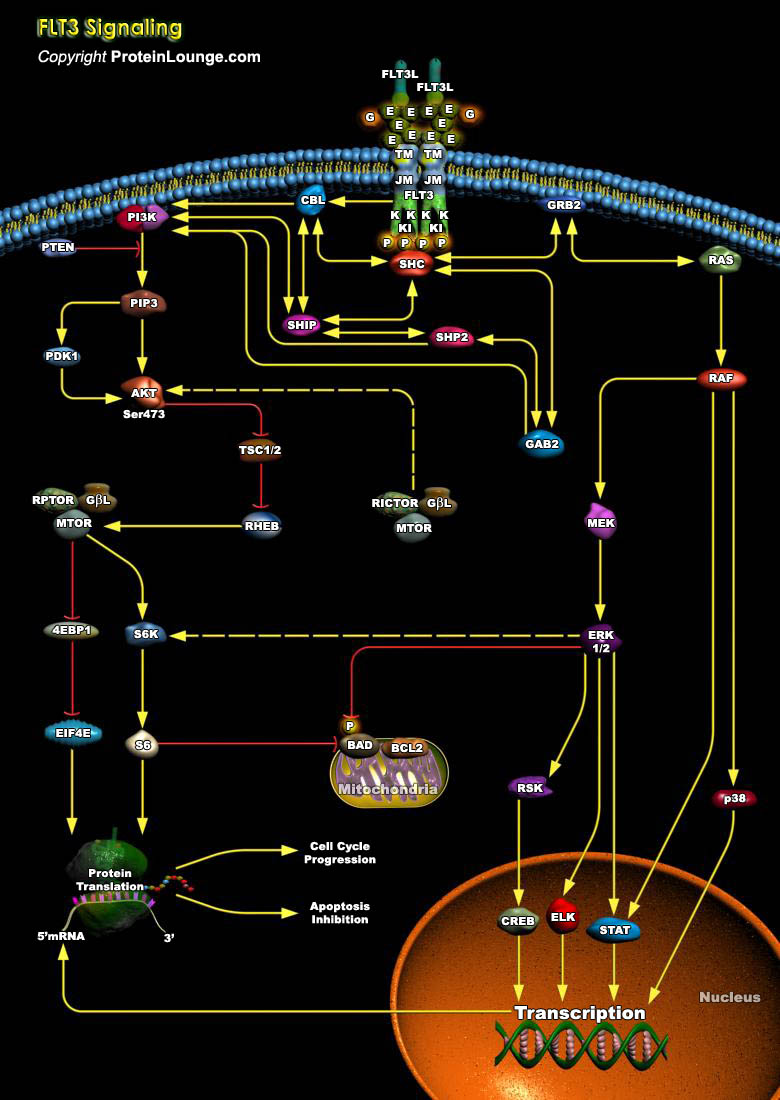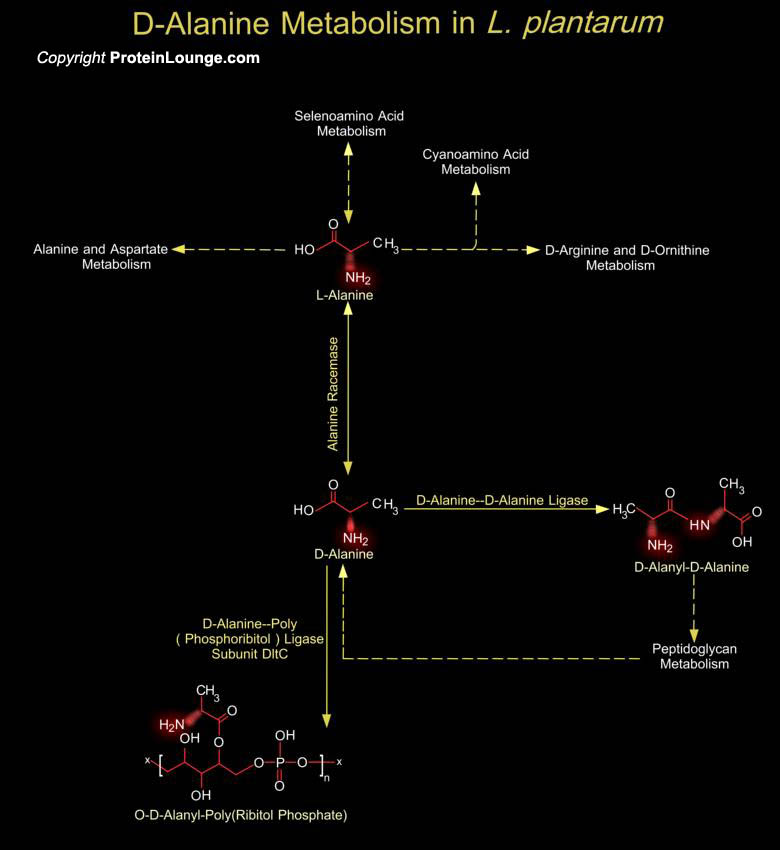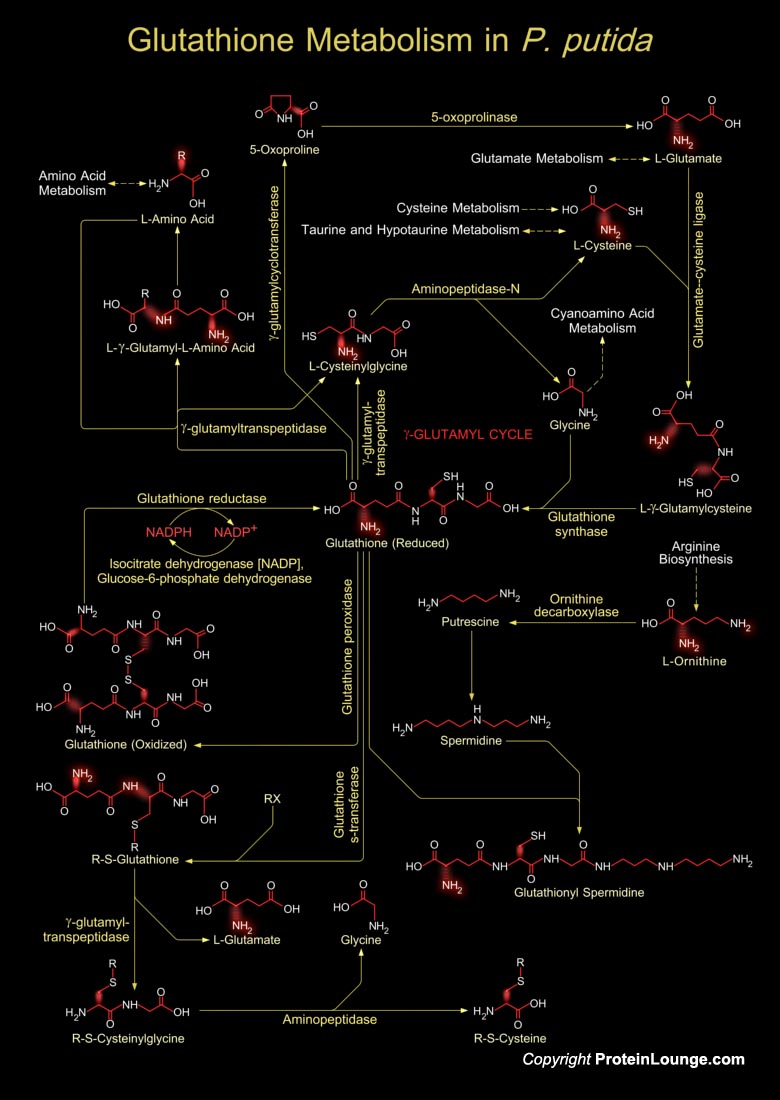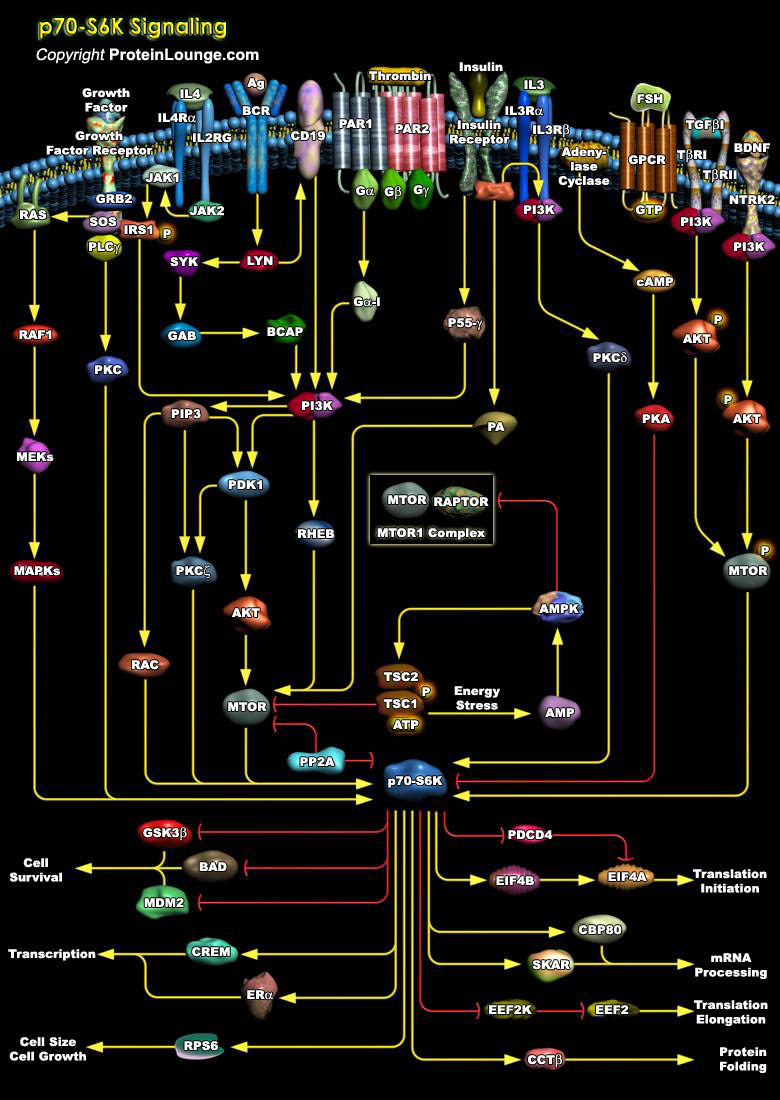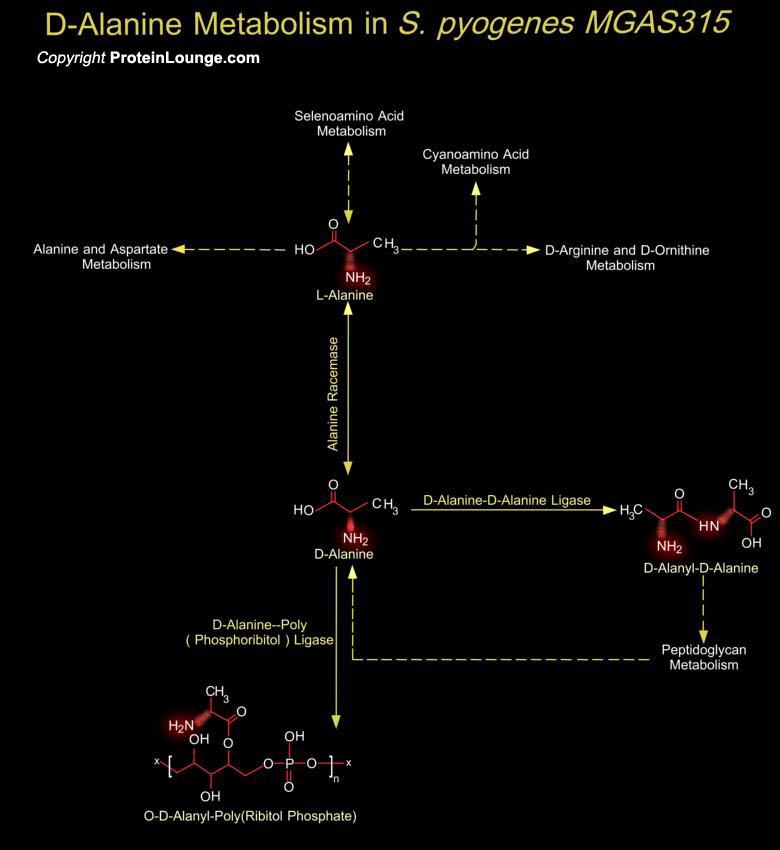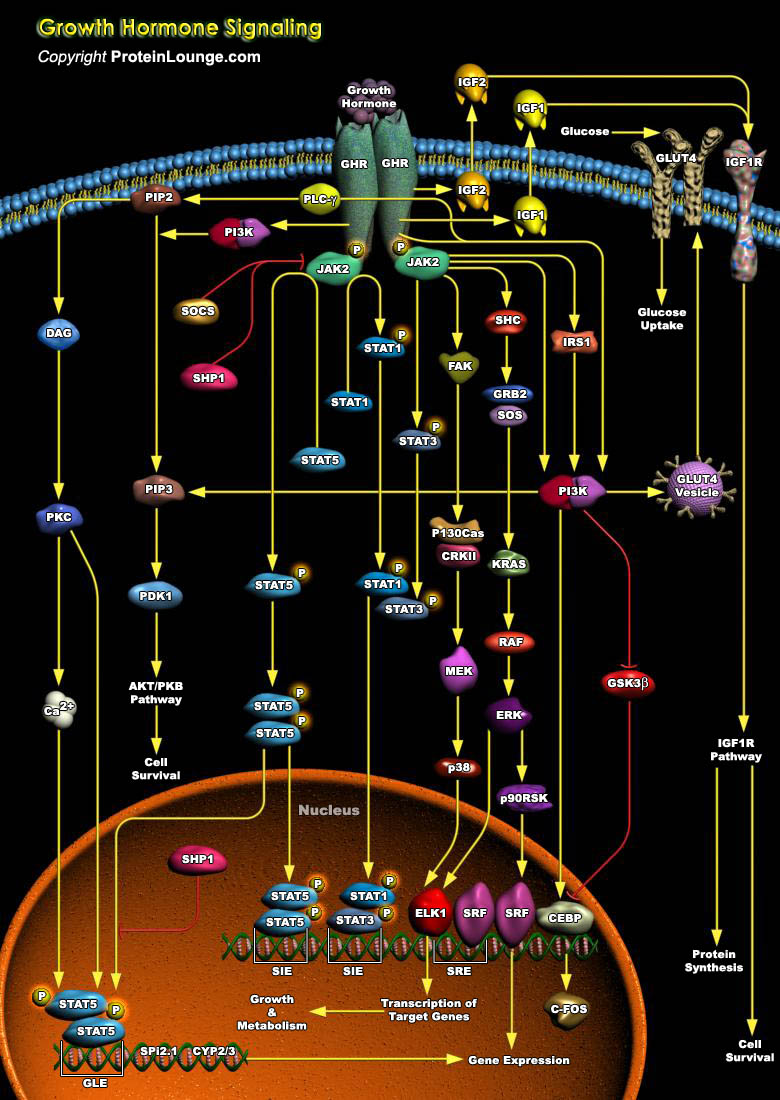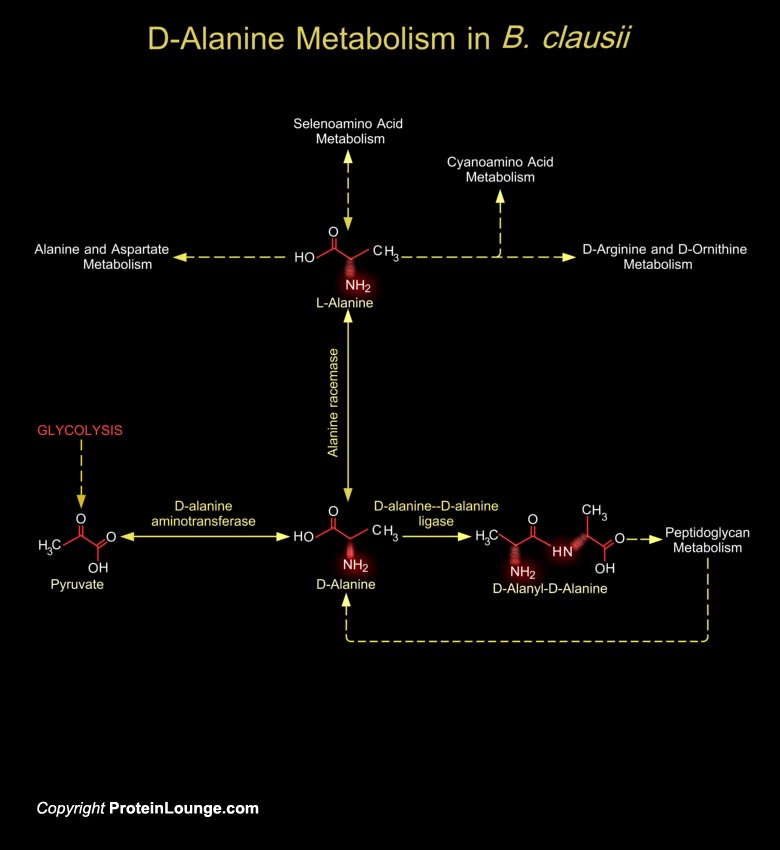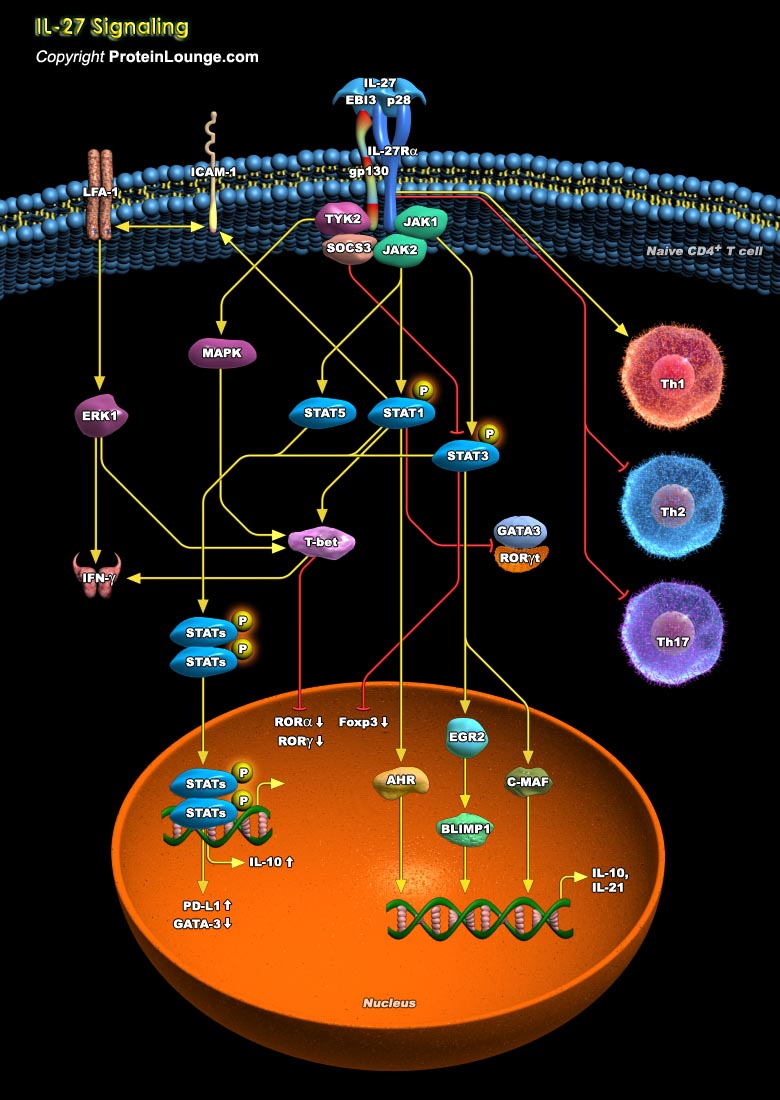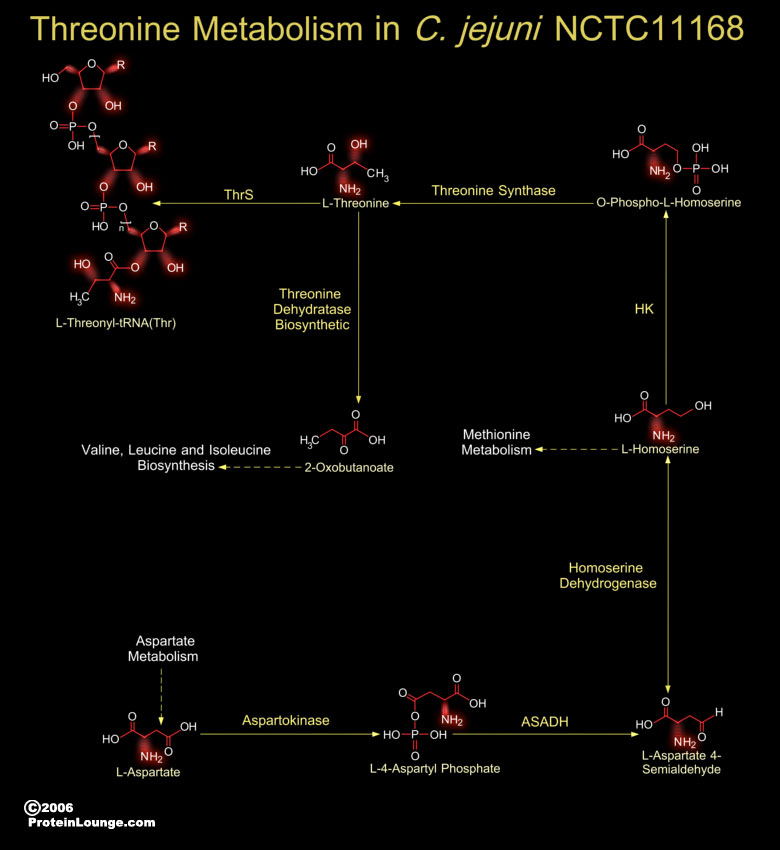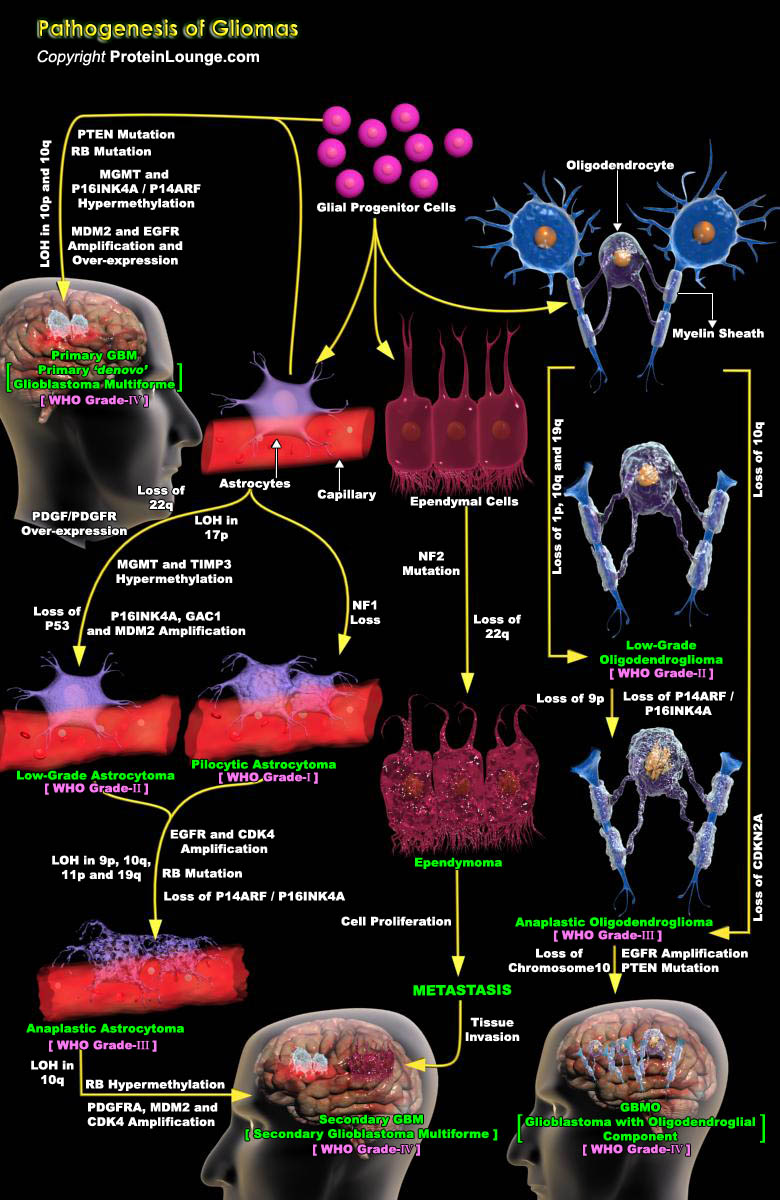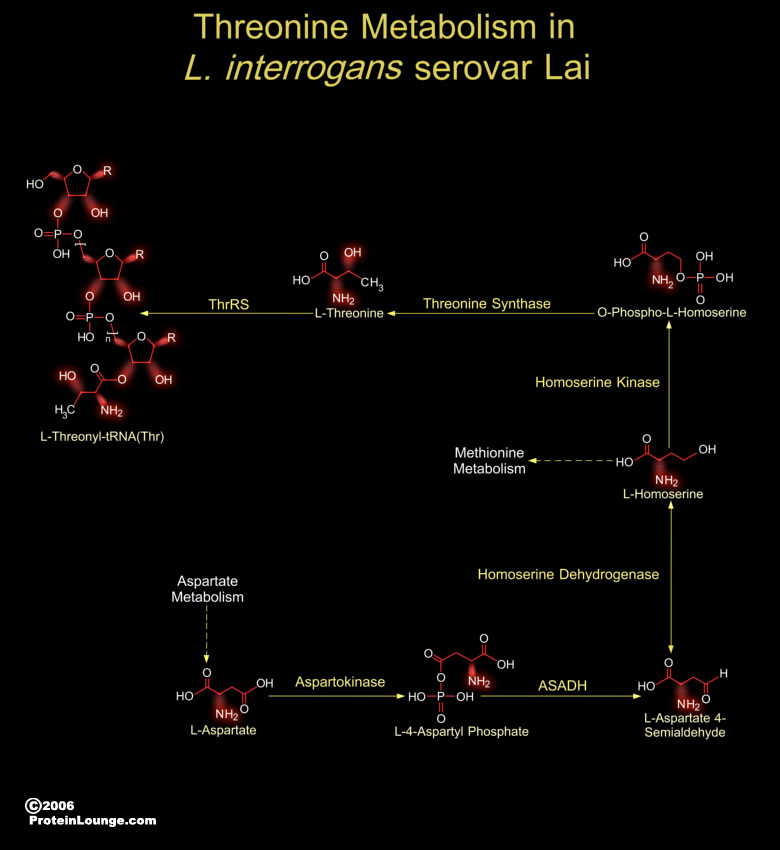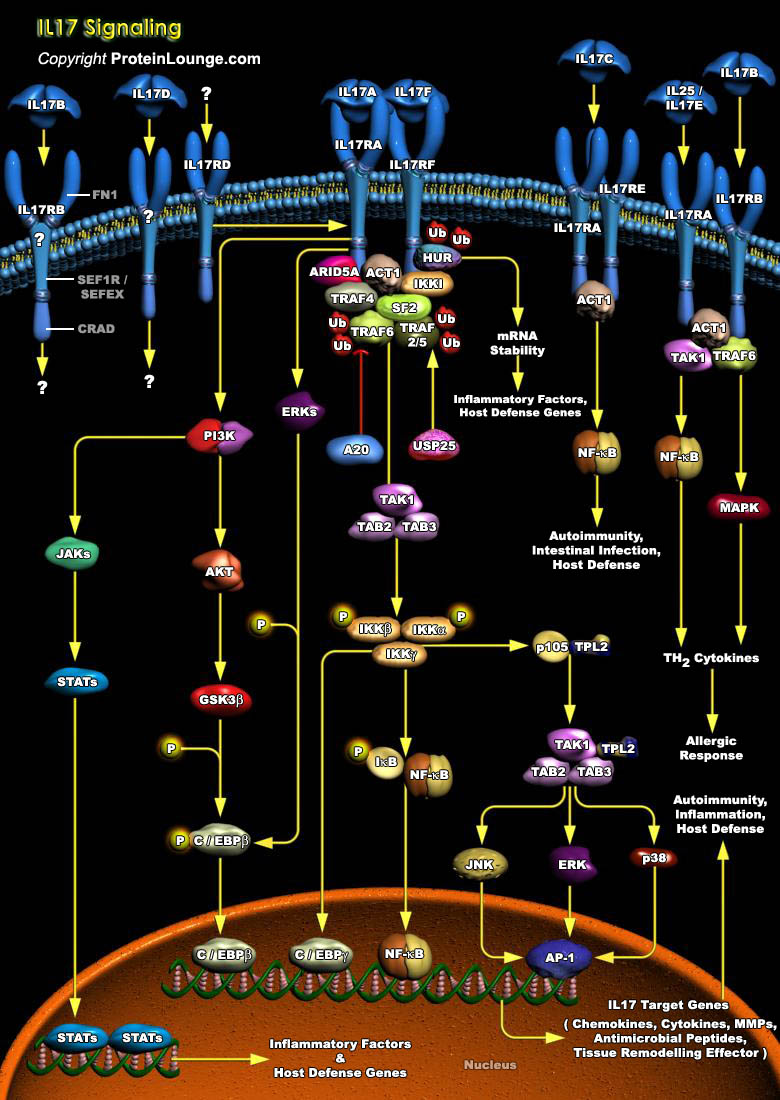Featured Pathways
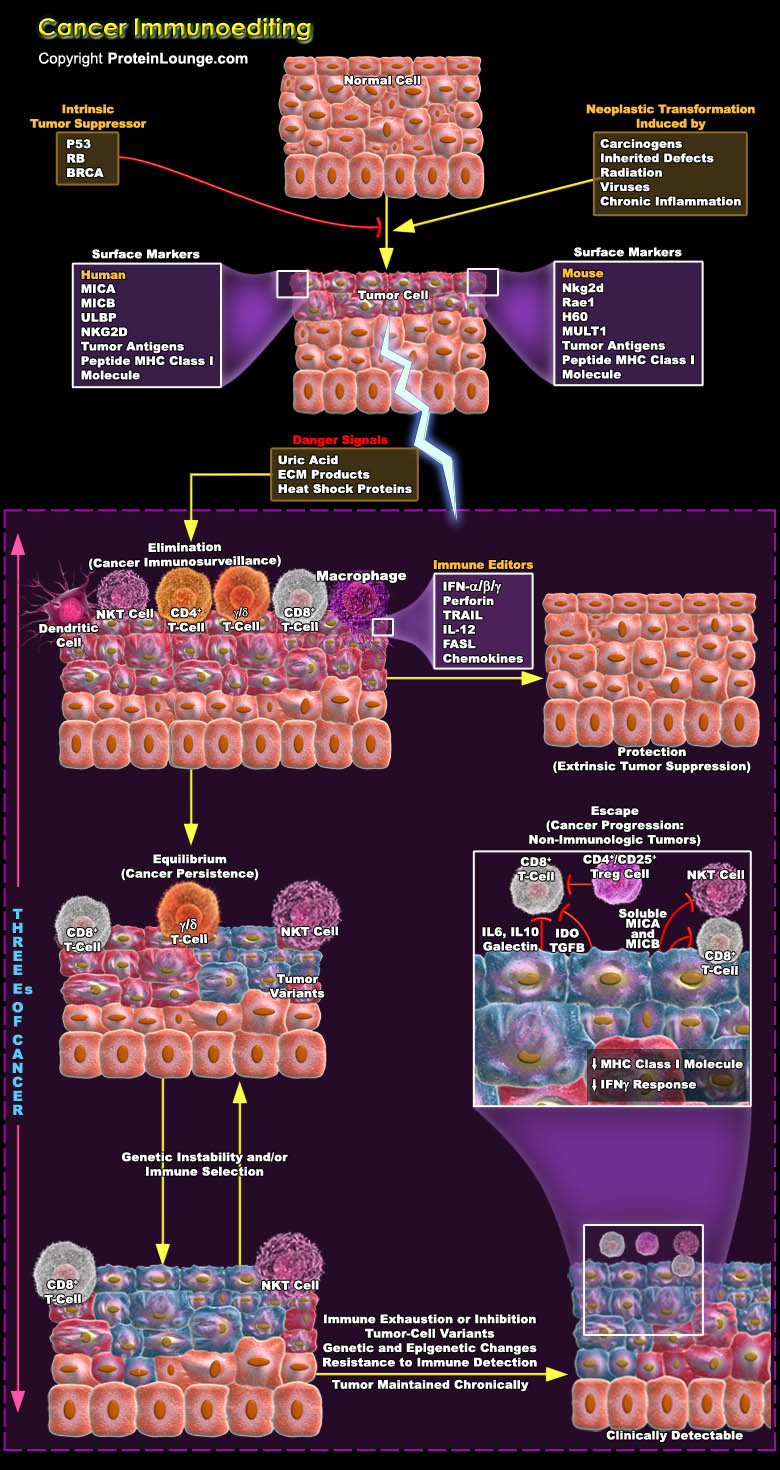
As research into tumour immunology continues at an incredible pace, a considerable amount of work is aimed at exploring the mechanisms that underlie the immunological recognition and elimination of cancer and the downstream consequences of these processes. The capacity of the immune system for recognition is not limited solely to the classic models of self versus pathogen or self versus[..]
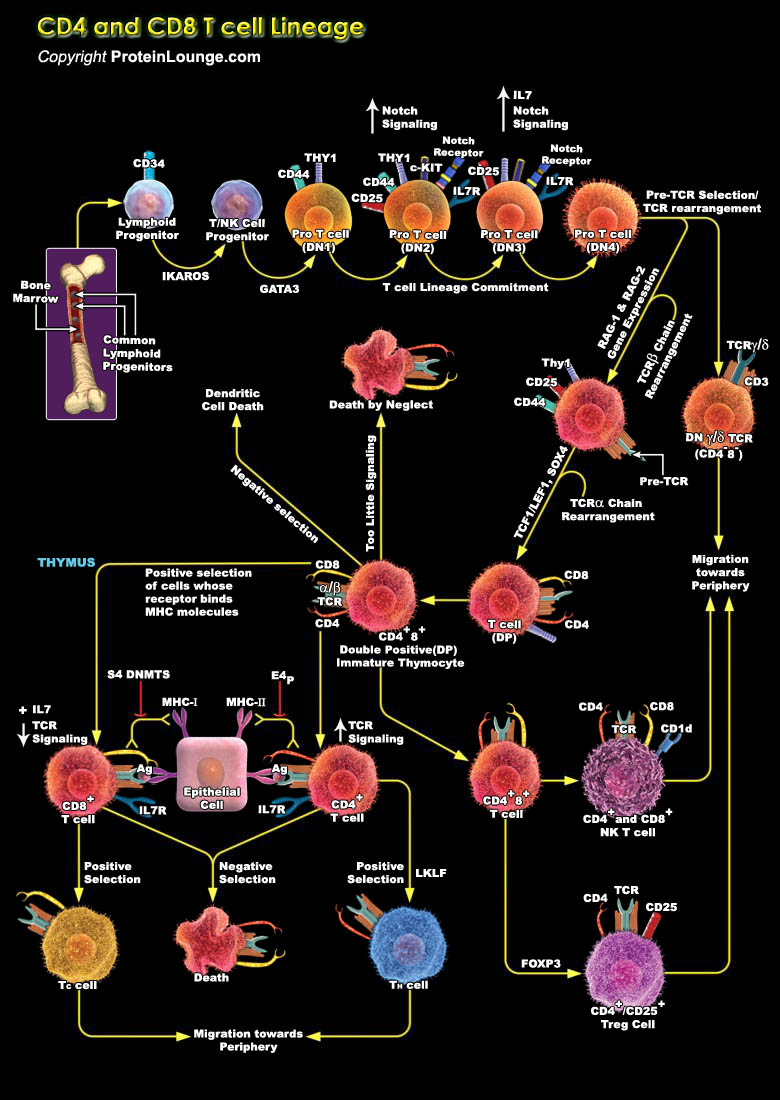
Cell-fate decisions are controlled typically by conserved receptors that interact with co-evolved ligands. Therefore, the lineage-specific differentiation of immature CD4+CD8+ T cells into CD4+ or CD8+ mature T cells is unusual in that it is regulated by clonally expressed, somatically generated T-cell receptors (TCRs) of unpredictable fine specificity. Each mature T cell generally retains[..]
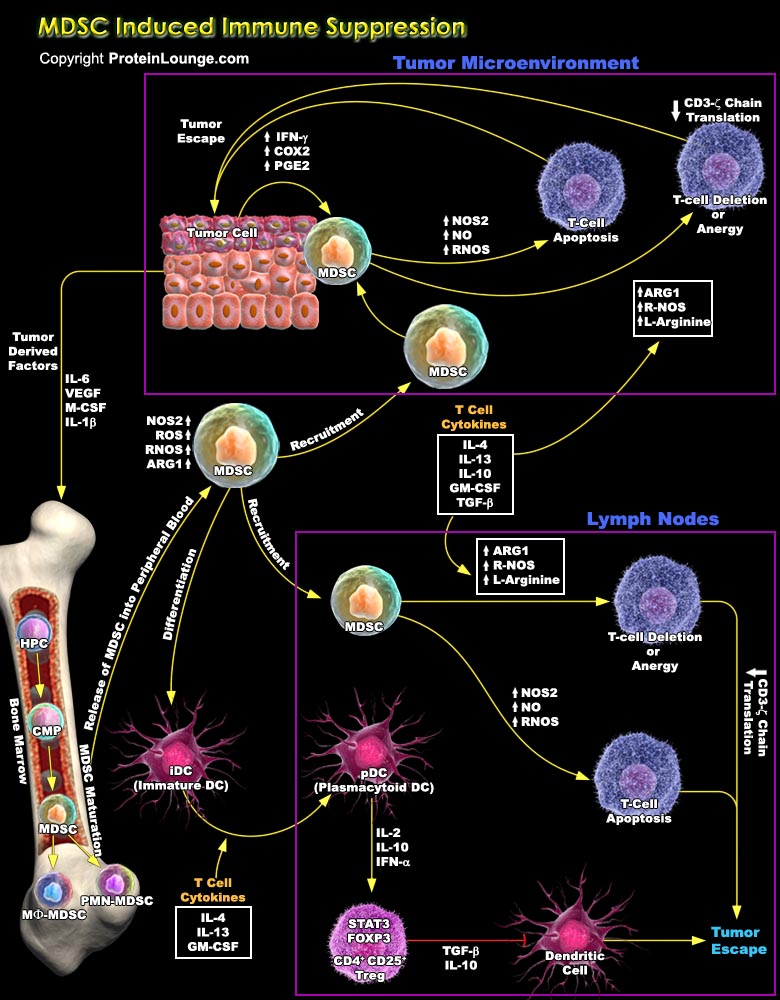
MDSCs (Myeloid-Derived Suppressor Cells) are recently been recognized as critical mediators of tumor progression in numerous solid tumours through their inhibition of tumor-specific immune responses. These cells are increased in numerous pathologic conditions, including infections, inflammatory diseases, graft-versus-host disease, traumatic stress, and neoplastic diseases. MDSCs inhibit not[..]
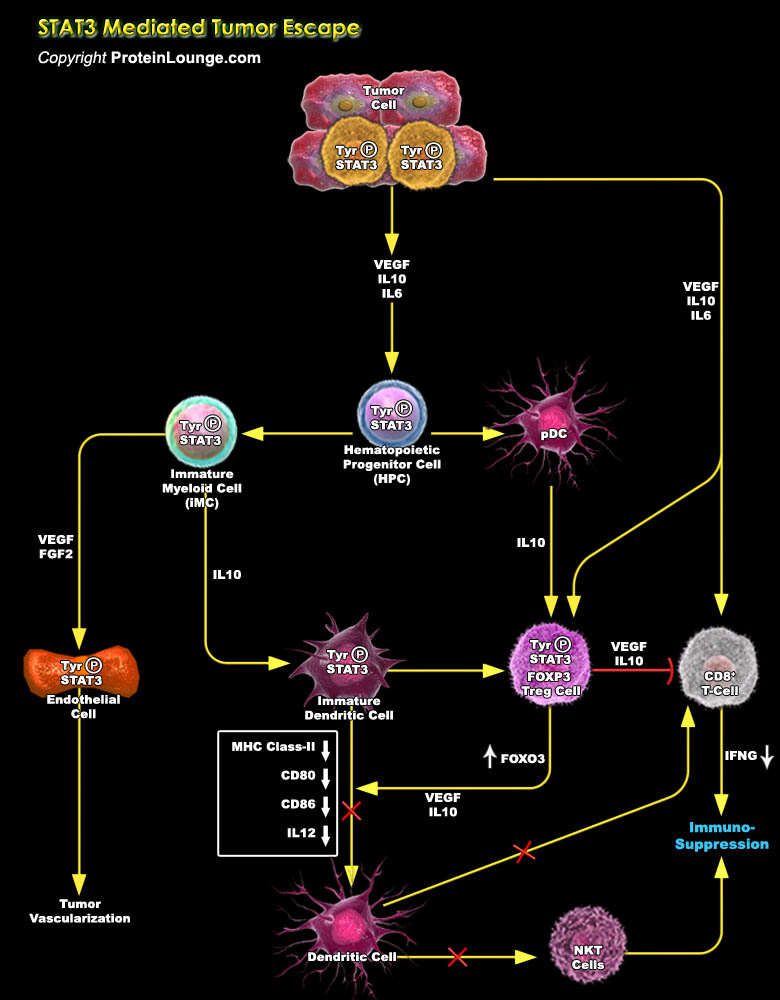
Immune cells in the tumour microenvironment not only fail to mount an effective anti-tumour immune response, but also interact intimately with the transformed cells to promote oncogenesis actively. STAT (Signal Transducer and Activator of Transcription) proteins act as a mediator of cytokine receptor signaling. This protein plays a role in[..]
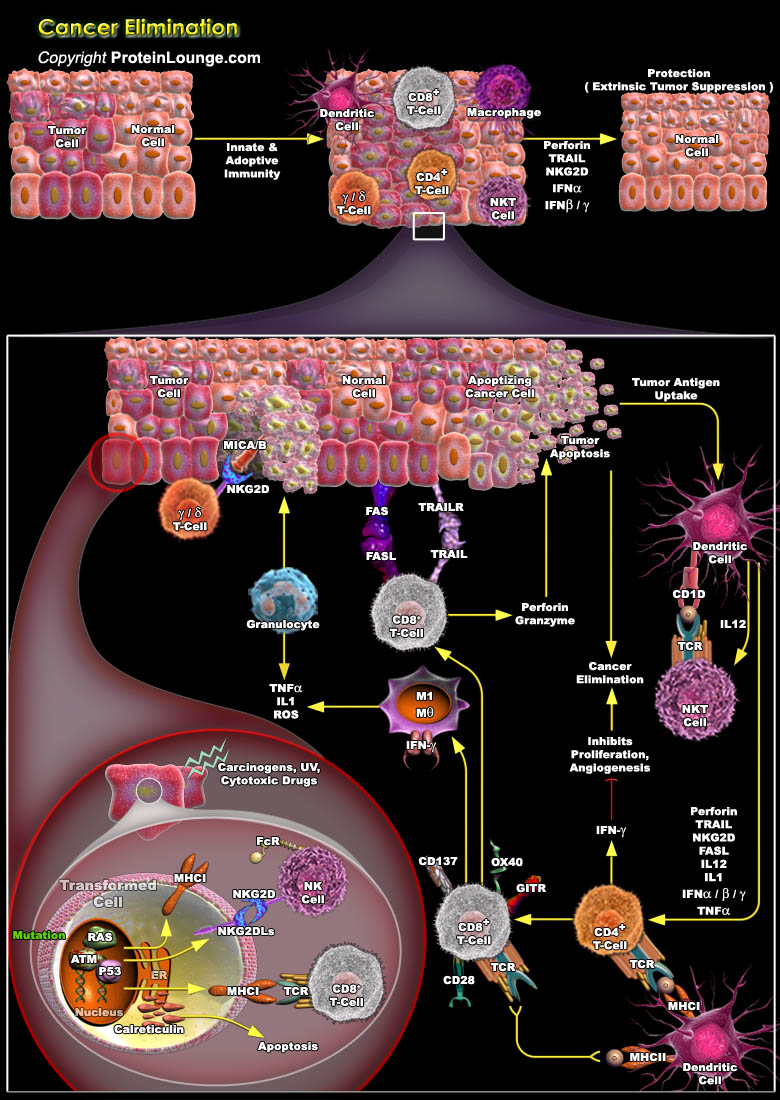
The immune system has three primary roles in the prevention of tumors. First, the immune system can protect the host from virus-induced tumors by eliminating or suppressing viral infections. Second, the timely elimination of pathogens and prompt resolution of inflammation can prevent the establishment of an inflammatory environment conducive to tumorigenesis. Third, the immune system can[..]
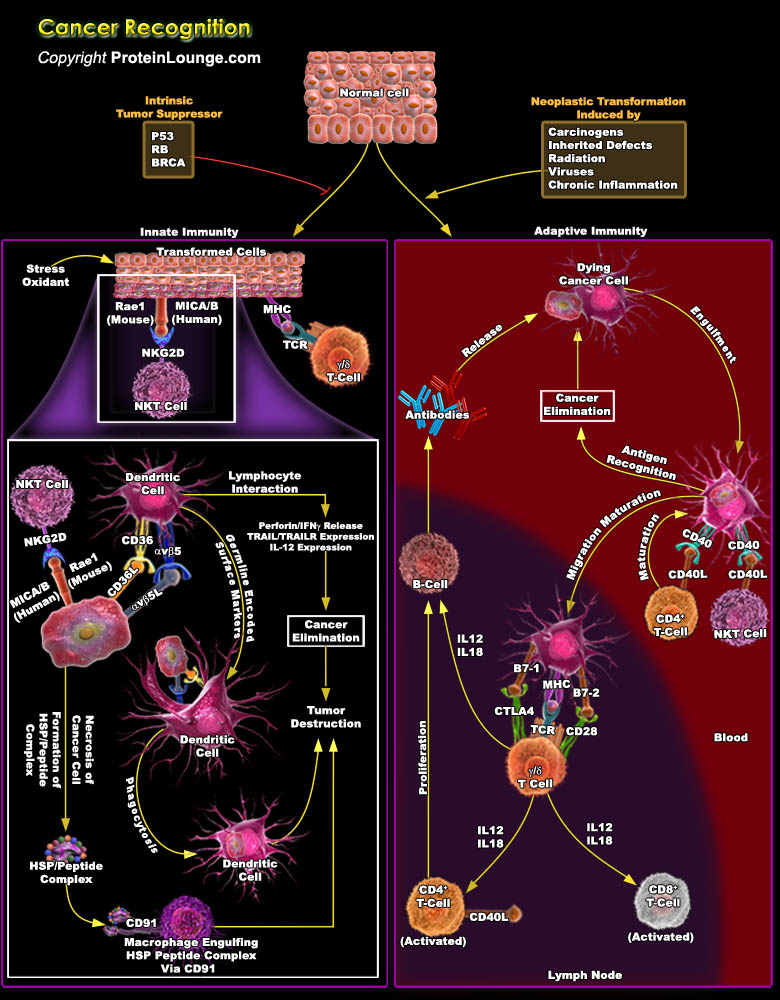
Cancer immunotherapy attempts to exploit the exquisite power and specificity of the immune system for the treatment of malignancy. Although cancer cells are less immunogenic than pathogens, the immune system is clearly capable of recognizing and eliminating tumour cells. However, tumors frequently interfere with the development and function of immune responses. Thus, the challenge for[..]
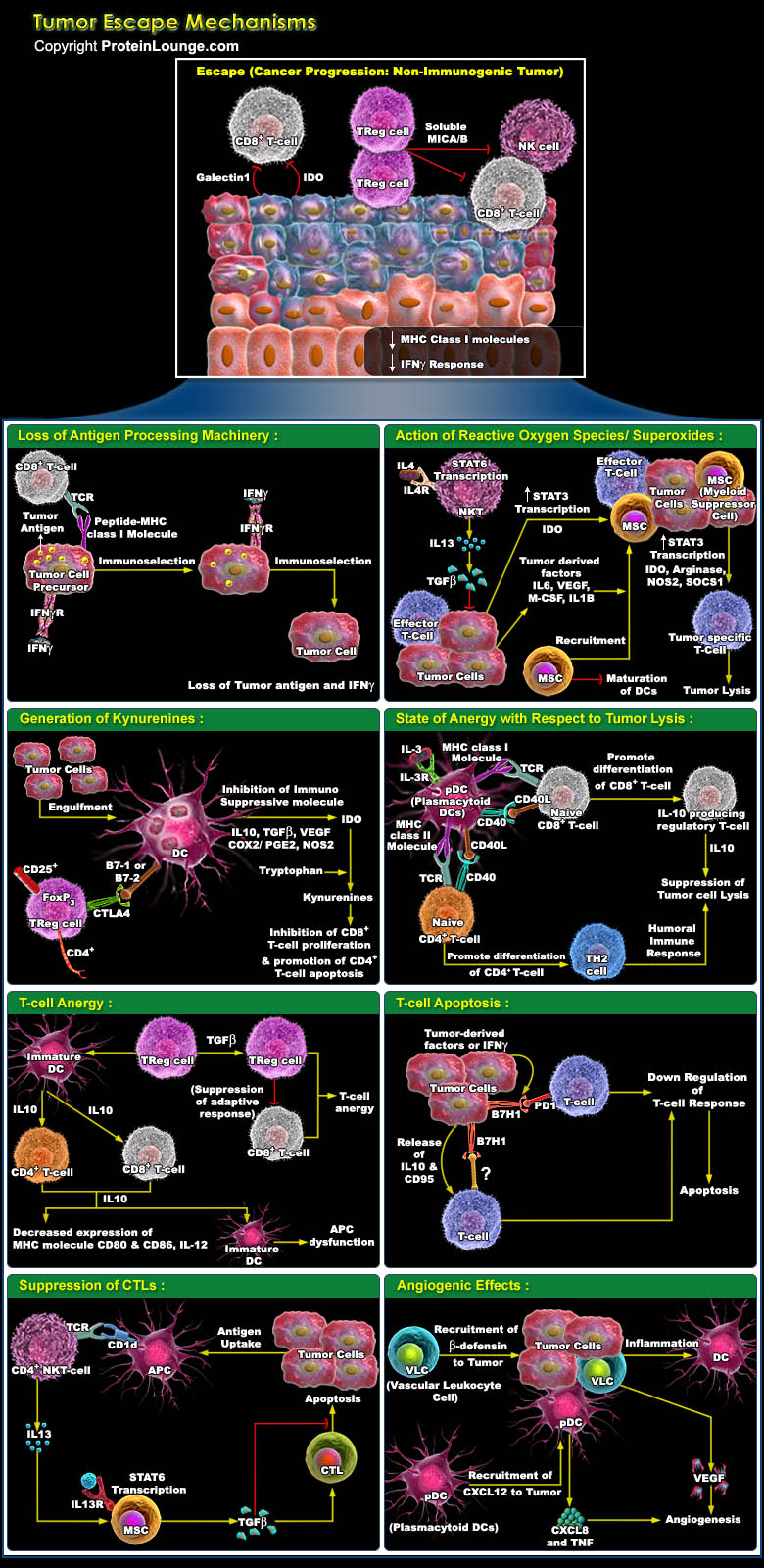
Tumour cells characteristically provides their own growth signals, and ignore growth-inhibitory signals, avoid cell death, replicate without limits, sustain angiogenesis, and invade tissues through basement membranes and capillary walls. Whereas cancer immunosurveillance predicts that the immune system can recognize precursors of cancer and, in most cases, destroy these precursors before they[..]
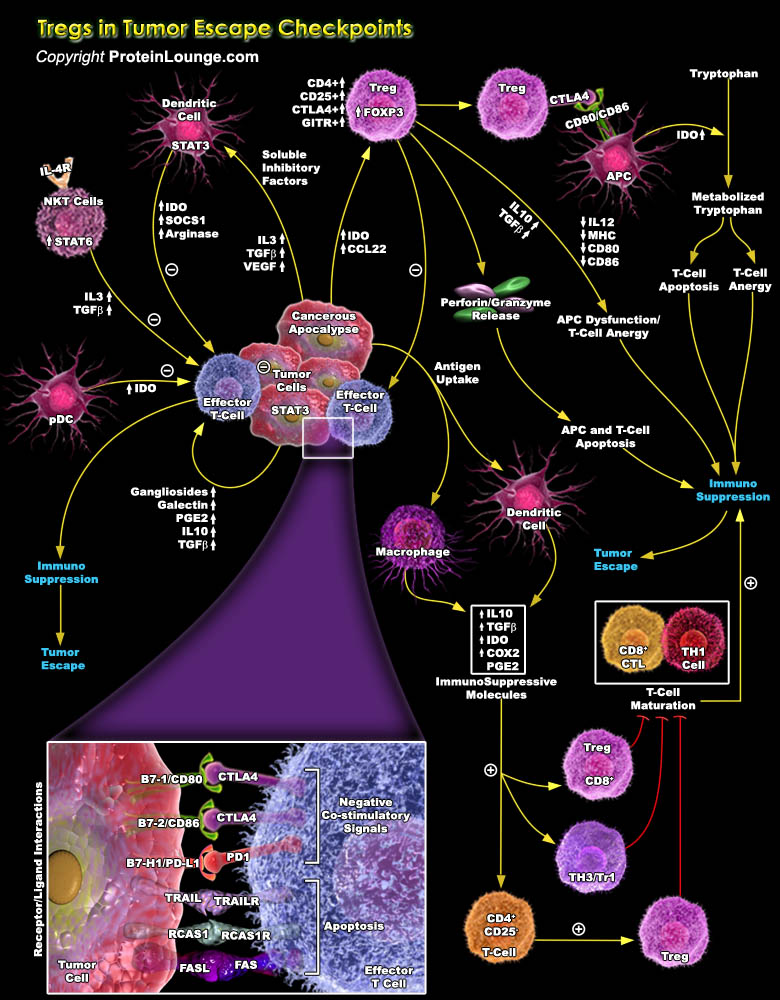
Specific T cell populations have suppressive/regulatory cells known as Regulatory T-cell or Tregs (Previously known as suppressor T-cell). Among them CD4+ regulatory T cells (Tregs) basically has two different subsets Tr1 and Th3 cells which are differentiated by their distinct suppressive mechanisms. The thymus-derived Tregs or natural Tregs (nTregs) express CD4 and high CD25 with FOXP3[..]
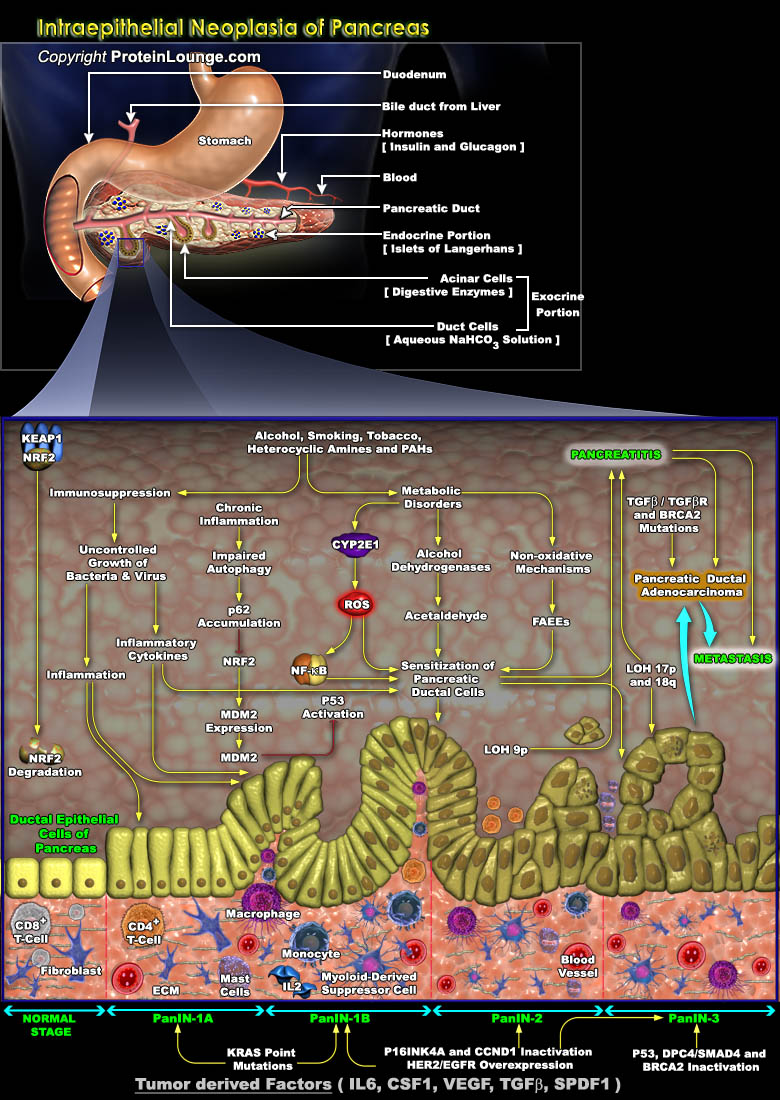
Pancreatic ductal adenocarcinoma is the most common pancreatic neoplasm and as its name suggests it arises from ductal epithelial cells of the pancreas. Other subtypes of pancreatic neoplasms include benign and malignant cystic lesions, mucin producing tumor, acinar cell carcinoma, adenosquamous carcinoma, lymphomas and sarcomas. Pancreatic ductal adenocarcinoma evolves from a progressive[..]
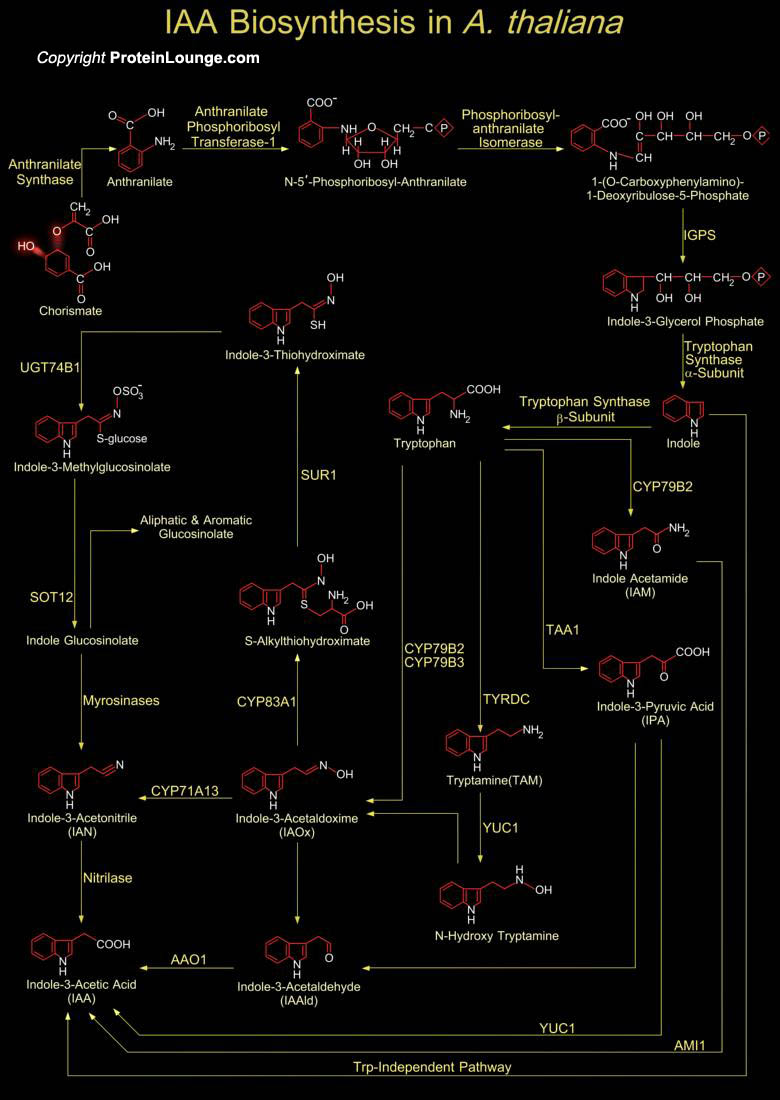

Cholesterol is an important component of cell membrane, and a precursor of Steroid hormones, vitamin D3, and Biliairy Acids. Cell Cholesterol homeostasis is under the control of endogenous Cholesterol synthesis, Cholesterol secretion, and of Lipoprotein Receptor activities that enrich the cell in Cholesterol. Lipoprotein Receptors play an important role in Lipoprotein metabolism and in[..]
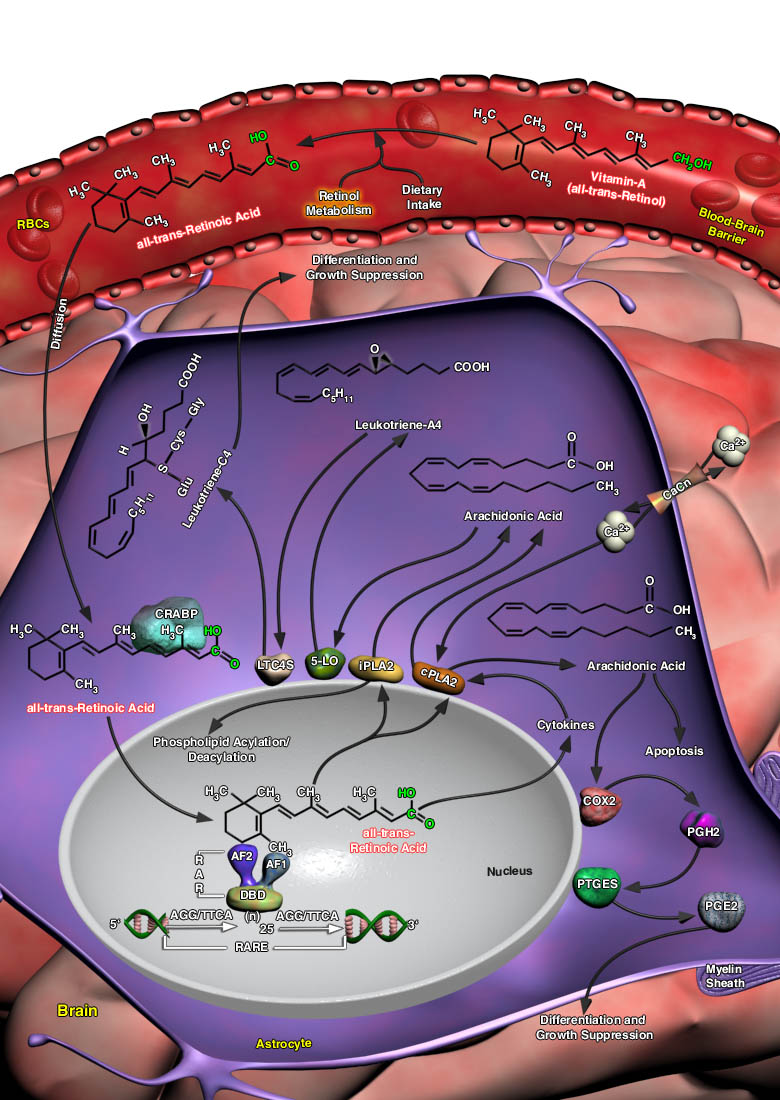
Retinoic Acid, the active form of Vitamin-A (all-trans-Retinol), is a lipophilic molecule, and is known to affect gene transcription. Retinoic Acid is made available in the body through dietary intake and subsequent metabolism in the liver. Vitamin-A is secreted from its storage pools and circulates in blood. In the liver Vitamin-A is converted to all-trans-Retinoic acid, the Carboxylic Acid form[..]









